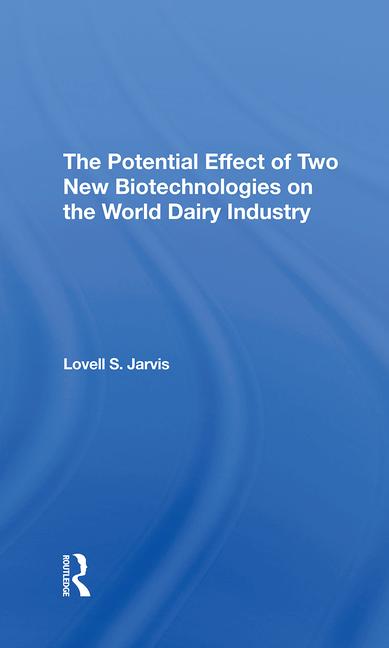State of the Dairy Industry: U.S. dairy exports run aground on prices








We dusted off the jukebox to play the songs that best represent dairy foods and beverages. Our annual State of the Dairy Industry report examines the prospects for all dairy categories. For dairy exports, the tune the U.S. exporters were singing was ‘Come Sail Away’ but the world wasn’t joining in.
What a difference a year makes.
At this time in 2013, we were wrapping up a year of historically high prices and record U.S. exports. For U.S. suppliers, it was the perfect storm: declining supplies from the rest of the world, robust demand from emerging markets and favorable pricing for the United States.
Today those fundamentals are reversed. World commodity prices have been in steady decline for seven months. By the end of September, Oceania milk powder prices were off nearly 45% from their February peak, while butter prices were down about 40% and cheese prices were down about 25%.
Milk supplies have come back like a white tsunami. Thanks to exceptional farmgate milk margins and favorable weather, production in the EU-28, United States, New Zealand, Australia and Argentina — which collectively account for about 80% of world exports — was up 3.6% in the 12 months ended August 2014. In all, those five regions produced 9.7 million tons (21 billion pounds) more milk than the year before. Historically, the world has been able to absorb a little more than half that much annual milk growth.
With plenty of milk to go around, global buyers have pulled back. The major demand driver remains China, which accounted for about 16% of world dairy trade last year and close to 25% of trade in the first quarter of this year.
During the 10-month stretch from September 2013 to June 2014, China milk powder imports were up 91% from the year before. But importers over-bought, leading to heavy inventories that still need to be cleared. In July and August 2014 (the most recent data available), milk powder imports were up just 9% — and a good chunk of those sales were from orders placed before markets turned. New orders were much lighter.
Unfortunately, other buyers haven’t picked up the slack. Russia, the world’s second-largest importer, retreated from the market this summer by banning products from the European Union, Ukraine and others. These sanctions forced substantial realignment of EU production and trade. Sales to Russia typically account for about 2% of EU milk production, adding to the surplus looking for a home.
In addition, Mexico’s imports of milk powder, cheese, butterfat and whey were down 10% in the first seven months of the year, and the Philippines’ purchases in the first five months were off 7%. Japan imports were flat (through August) and Egypt imports were flat as well (through June). Besides China, the only major importers boosting purchases significantly in 2014 were Thailand (+18% through August), Malaysia (+16% through June) and Venezuela (+43% through June), according to Global Trade Information Services data.
Price disconnect
China now imports one-third of New Zealand’s milk production. With a slowdown in orders from its largest customer, plus a record production flush, New Zealand has found itself in a buyers’ market this year. European and Australian suppliers are in the same boat. In stark contrast, U.S. prices for cheese and butter hit record highs in September, reflecting historically low stocks and strong domestic demand.
As a result, U.S. cheese and butter price premiums to the world market grew to levels not seen in a decade — a situation that encourages imports and discourages exports. (Milk powder prices followed world prices down more closely, but still lagged.)
So after a stellar first quarter 2014 – U.S. exports were up 24% by volume and 40% by value — performance has faded ever since, with sales declining in four of the subsequent five months. With stronger competition, fourth quarter exports are likely to be off 10-20% from the prior year.
Going forward
Heading into the fourth quarter, world prices had fallen to two-year lows. Milk production continues to expand, despite dramatic cuts to milk prices in Oceania and Europe. But softness in the market notwithstanding, there were encouraging signs that a bottom was in sight.
For instance, prices were near the trough of 2012 — a level at which buying activity is expected to improve. China also is entering its seasonal buying period. China imports are typically 25-30% higher in the November-April period than in the other six months.
In addition, by first quarter 2015, milk production growth in Europe and New Zealand will slow due to stronger comparables and lower milk prices. That should help bring supply and demand back into balance, but the adjustment will be slow and we may not see price recovery until the second half of next year.
With increased competition and more challenging conditions, U.S. export volumes are likely to continue to slow, but perhaps not as dramatically as previous cyclical downturns. In 2009, when world markets collapsed, U.S. dairy exporters’ share of world dairy trade dropped more than four points. In 2012 U.S share dropped less than half a point, reflecting a stronger strategic commitment to protecting global business.
Though world dairy markets have shifted into a down cycle, the long-term trend of robust dairy demand growth in emerging markets remains intact, and virtually every published analysis concludes that structural issues will prevent the world from producing enough milk to meet this need in the years ahead. The International Farm Comparison Network, for instance, projects global dairy demand will increase by 21 million tons (46 billion pounds) per year milk equivalent for the next 10 years — the equivalent of adding “another New Zealand” each year. That’s going to require the United States to be a player.
Looking for a reprint of this article?
From high-res PDFs to custom plaques, order your copy today!












